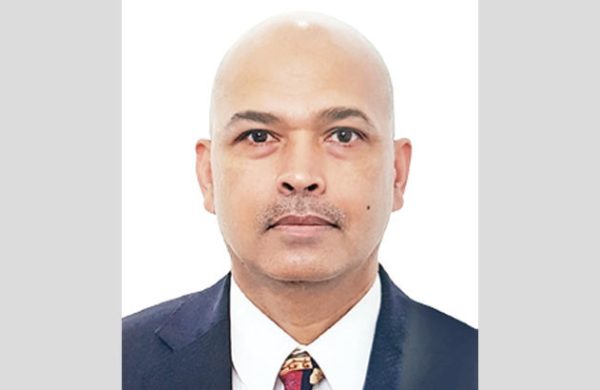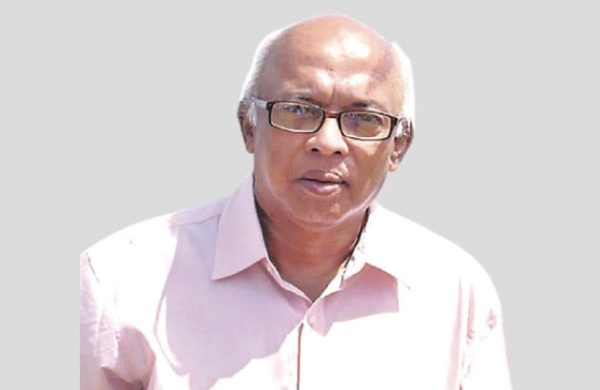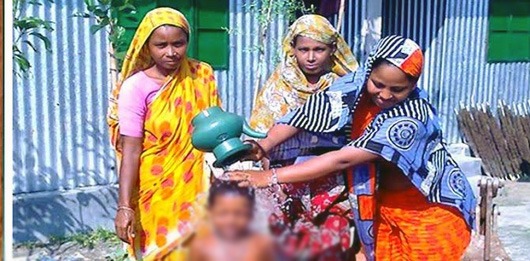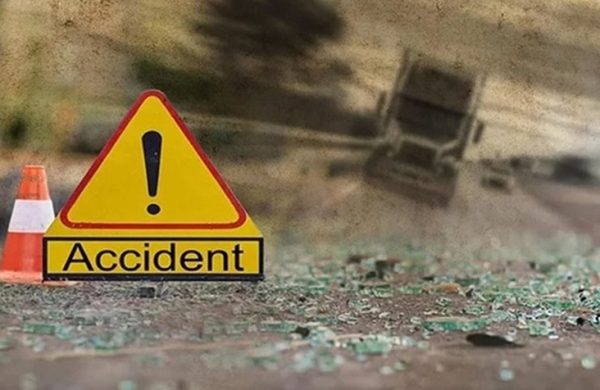COVID resurgence stirs concerns
- Update Time : Wednesday, June 11, 2025
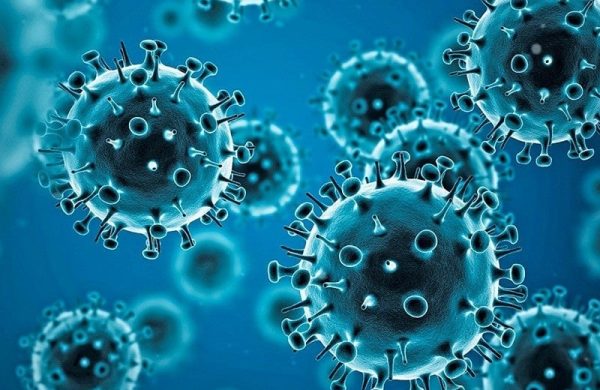
—Nabila Nabila—
In recent weeks, Bangladesh has experienced a troubling resurgence in COVID-19 infections, which experts and health authorities are linking closely to the aftermath of the Eid ul Adha celebrations. Honestly, this spike is a serious concern. It shows that, despite making some progress in managing the pandemic, the threat of the virus is still looming over us. The rapid increase in infections has put a lot of strain on our healthcare system again, and it’s clear that we need everyone-both the government and the public-to step up and act.
Eid ul Adha is a big deal-think about all the gatherings, family visits, and communal prayers. Back in 2025, millions of folks traveled from cities like Dhaka, Chattogram, and Rajshahi to their hometowns in the countryside. But here’s the thing: this mass movement didn’t always follow health guidelines like social distancing or wearing masks. It was almost like we rolled out the red carpet for the virus to spread. Public transport was packed, and a lot of people just ignored basic safety measures. Plus, traditional events, like those bustling cattle markets for the Eid sacrifice, were full of crowds, and health rules were barely enforced.
Experts have been pretty vocal about the need to stick to preventive measures. The National Technical Advisory Committee on COVID-19 keeps reminding everyone to wear masks properly, wash hands regularly, and steer clear of crowded indoor spaces whenever possible. And, of course, they’re pushing for vaccinations, including boosters, which are key to building better immunity against the virus. But, there’s been a dip in how many people are actually following these guidelines. It’s understandable-people are tired of the pandemic, and some feel a false sense of security because the latest variants seem less severe.
Vaccination is still the backbone of Bangladesh’s fight against COVID-19. As of now, about 77% of the population has received at least one vaccine dose, while around 71% have finished the initial two-dose series. But here’s the kicker: only about 26% have gotten their booster shots. That’s concerning. Medical professionals keep warning that without those boosters, the immunity from the initial shots fades, making folks more vulnerable to getting sick, especially older adults or those with health issues.
And just when we thought things might be calming down, we’ve got new Omicron sub variants like BA.4 and BA.5 popping up. These variants are sneaky-they can dodge the immunity that people built up from earlier infections or vaccinations. We’re seeing more breakthrough infections even among those who’ve been vaccinated, which drives home the point that the virus is still changing. It really highlights how crucial it is to keep up public health measures and ramp up those booster campaigns to stay one step ahead.
To tackle this current surge, health authorities are calling for more testing and better surveillance systems. We need to make testing more available, especially in rural areas where it’s often lacking. Early detection is key, right? They’re also pushing for contact tracing and isolation to stop further spread in the community. Public health campaigns are getting a boost too, focusing on the importance of booster shots, mask-wearing, and good hygiene to help keep the virus at bay.
This recent jump in COVID-19 cases after Eid ul Adha should really wake us all up. It’s a reminder that even with the progress we’ve made in vaccinations and dealing with past waves, we’re not out of the woods yet. The virus is still a real threat to our health and economy. Bangladesh’s experience shows us that if we get complacent and ignore health guidelines, we can quickly undo all the hard work we’ve done.
So, what’s the takeaway? This post-Eid surge calls for all of us to be more vigilant and take responsibility. The government needs to back our healthcare systems-think vaccine distribution and testing services. But it’s on us too-we have to recommit to following health protocols and getting vaccinated. If we band together, we can make it through this tough time and protect one another. The lessons we learn from this wave will be crucial for future pandemic preparedness and response strategies to keep our nation safe.
————————————————————-
The writer is a contributor




